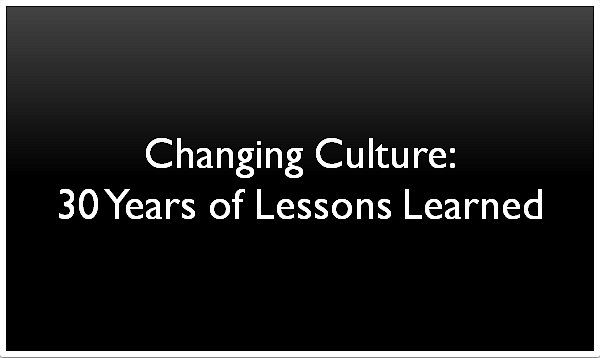How You Can Improve Your Company’s Culture Today
How You Can Improve Your Company’s Culture Today
Here are 5 ways C-Suite executives can begin to change their company’s culture today.
What Is Company Culture?
Different people define company culture in their own, unique way. What all these definitions have in common, though, is dealing with why and how people do what they do within a business. It involves:
- Company Vision/Mission
- Behavioral Norms
- Systems
- Symbols
- Values
- Language
- Assumptions
- Beliefs/Ideology
- Habits
Any company serious about its culture needs to take the time to consider and define each of these components individually. This should be done sooner rather than later.
Company culture is not just for large, established corporations. It is, on the contrary, the most elementary part of any business. It lies deep within the bones of every company, and every company, whether they’re aware of it or not, has a culture. The most important thing to remember is that if you don’t define your company culture it will, invariably, define itself.
Assessing Your Company’s Culture
There are very few C-Suite executives who have taken the time to clearly define their company’s specific culture. Rather, they usually spend their time focusing on growth and the operational and day-to-day management of the company. That is okay. That is, after all, where C-suite executives should spend most of their time. But you must, at some point, take a step back and really assess your company’s culture before it escapes their grasp.
There are 10 components to consider when assessing your company’s culture, including:
- Agility
- Collaboration
- Direction
- Discipline
- Engagement
- External Focus
- Order
- Performance
- Risk
- Trust
Each of these plays an integral role in defining your company’s culture.
Know Your Company’s Values And Purpose
If your company has a reason for doing what it does, aside from simply making money, it’s important for employees to understand just what that reason is. People need a sense of purpose and meaning. So, if you can get employees to believe in your company’s mission and vision, they’ll work all the better and all the harder for you.
C-Suite executives need to understand and clearly define their company’s values. They need to know what the company stands for and they must be able to explain this to employees. A company’s values are critical to its culture. They must be actionable and, most importantly, they must be authentic.
The first step in creating a great company culture is understanding your business’s unique strengths and weaknesses. And the best way to do that is with our CultureStrategyFit Survey, give us a call at (905) 887-8783 to get started today.












